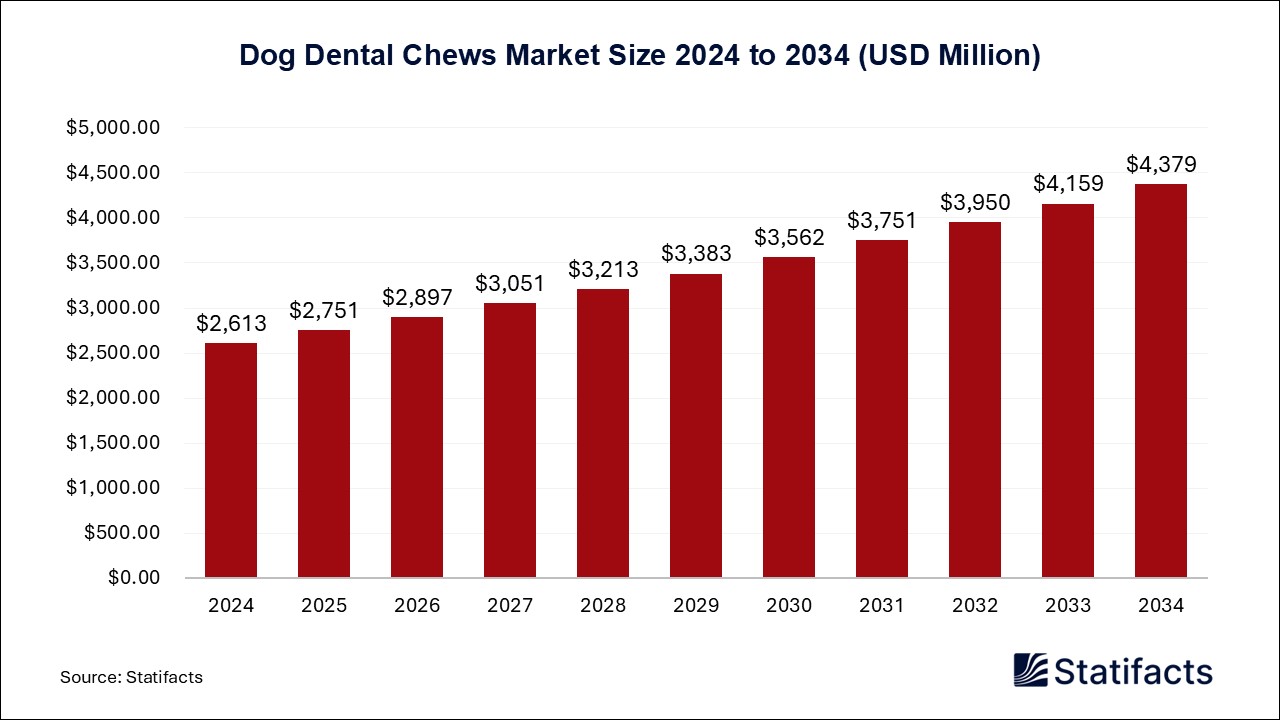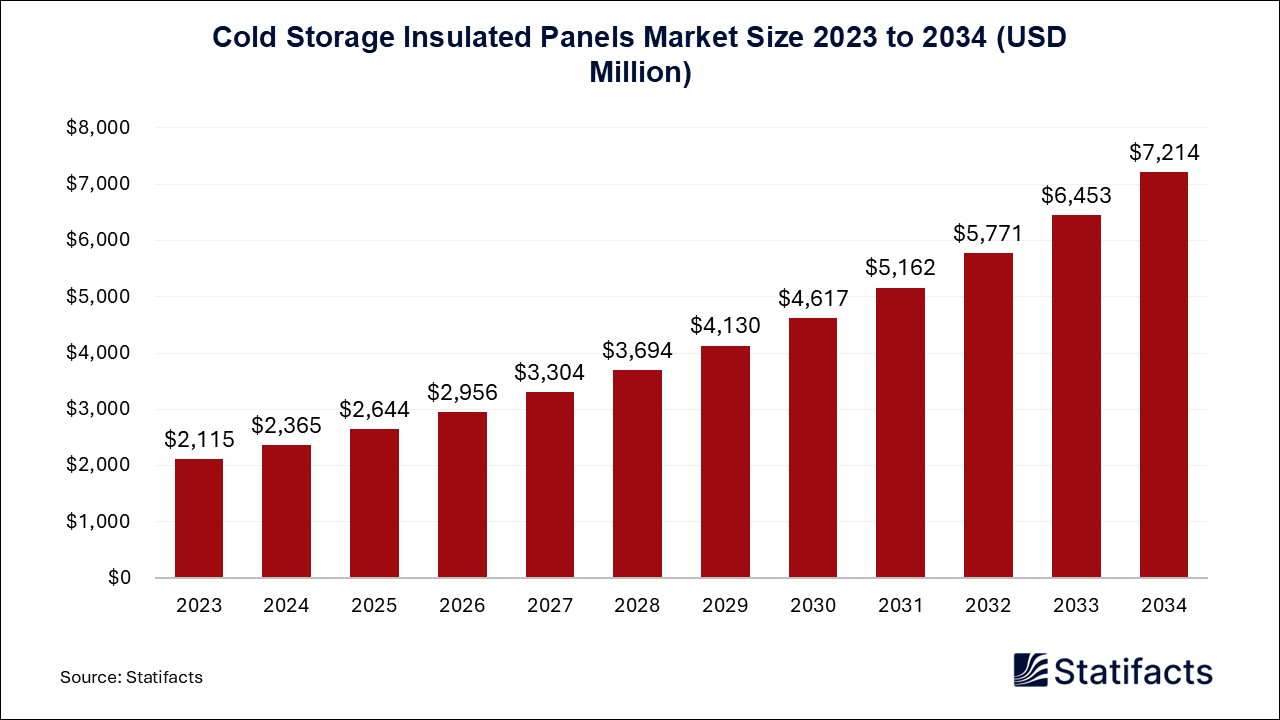

Our customers work more efficiently and benefit from
The global health and wellness market size was calculated at USD 531.95 billion in 2024 and is predicted to reach around USD 1,086.21 billion by 2034, expanding at a CAGR of 7.4% from 2025 to 2034.
| Industry Worth | Details |
| Market Size in 2025 | USD 571.31 Billion |
| Market Size by 2034 | USD 1,086.21 Billion |
| Market Growth Rate from 2025 to 2034 | CAGR of 7.4% |
The health and wellness market deals with services, products, and numerous activities that target improving overall mental, emotional, and physical well-being. It encompasses a broader range of sections like human nutrition, fitness, and personal and mental care practices. The industry has grown immensely because of growing awareness of consumer and healthy diet priority which is spurred by increasing healthcare expenses and a robust need for preventive care. Meanwhile, trends such as customized nutrition fitness wearables technology have gained significance, leading to numerous user demands. The pandemic scenario has further enhanced this market expansion by providing importance to immune system-improving products, fitness solutions at home, and various mindfulness services.
The health and wellness market is mainly driven by the increasing consumer awareness about health, and many individuals have recognized the significance of preventive care for mental and physical well-being. Lifestyle-associated disorders like diabetes, heart disease, and obesity are increasing, causing people to accept healthy habits, proper exercise, a balanced diet, and mindfulness exercise for stress management. These changes have made consumers more alert and have contributed to a significant rise in the need for wellness services and products.
Wearable health and fitness tracking apparatus, thus, helps in advancing and fulfilling the users’ expectations to help them conduct a task like managing their body weight, monitoring glucose intake, implementing intuitive eating, reducing insurance premiums, and finally increasing their lifespan. Producers of monitoring items will now initiate to dare into emotional well-being with an apparatus that can analyze the mood and able to play music that understands the anxiety levels raise.
One of the major limitations of the health and wellness market is the generally low involvement rates. Despite employers involved in investing substantial resources and various attempts into engineering and incorporating these programs, most of the employees choose not to be involved actively. Numerous factors lead to this, including no interest, time limitations, skepticism about program advantages, or privacy concerns.
Lately, a major portion of the workforce has not reaped the intended advantages, not acknowledging the overall application of the program. Most of the wellness programs target mainly on monitoring symptoms rather than targeting the underlying roots of health issues. While expanding healthy behaviors is necessary, ignoring the main causes, like workplace stress, inadequate job resources, or poor work-life balance, can restrain the overall importance of wellness initiatives. Organizations should adopt an overall approach that consists of both psychological and physical well-being, detecting and understanding the factors that lead the individual health challenges.
Healthcare applications of artificial intelligence are benefitting the health and wellness market significantly. Machine learning and natural language processing capabilities are being used to analyze patterns in an individual's medical history and present health information to forecast possible health risks. This predictive ability assists healthcare professionals in providing proactive and necessary preventative care, finally contributing to better patient results and lessening healthcare expenses.
AI works for various processes in healthcare facilities; for instance, from scheduling an appointment to processing insurance claims, AI automation decreases administrative workload and allows healthcare professionals to aim at more patients for care. This has not only improved operational efficiency but also enhanced the holistic patient experience. Despite diagnostics, surgical care will now benefit from AI real-time assistantships and collaborations. With advanced platforms, many specialists can somehow virtually direct procedures in resource-restrained settings, expanding allow to high-standard surgical expertise.
The future growth opportunity in the health and wellness market seems promising, which shows a shift towards overall health and mental self-care. Consumers have now gained knowledge about the environmental and ethical implications of the products they have bought. Generally, opting for environmental-friendly and sustainable items has contributed to the expansion of wellness brands while accepting eco-aware practices. Further, the growth of mental health and self-care sectors expansion reflects an understanding of the pandemic's effect on well-being and the significance of targeting psychological concerns. Consumer nowadays spends more time on healthcare and meditation digital apps, showing an increasing understanding of the significance of mental wellness as well as the growing importance of digital platforms.
Published by Laxmi Narayan
For any questions about this dataset or to discuss customization options, please write to us at sales@statifacts.com
| Stats ID: | 5637 |
| Format: | Databook |
| Published: | March 2025 |
| Delivery: | Immediate |
| Price | US$ 1550 |

| Stats ID: | 5637 |
| Format: | Databook |
| Published: | October 2024 |
| Delivery: | Immediate |
| Price | US$ 1550 |

You will receive an email from our Business Development Manager. Please be sure to check your SPAM/JUNK folder too.

Unlock unlimited access to all exclusive market research reports, empowering your business.
Get industry insights at the most affordable plan
Stay ahead of the competition with comprehensive, actionable intelligence at your fingertips!
Learn More Download
Download

-phosphate-(TCPP)-market.jpg)